The Power Of Positive Thinking How To Rewire Your Mind
If your mind often feels like a noisy room—worry on repeat, worst-case scenarios, self-criticism—please hear this: you aren’t broken. Brains are built with a negativity bias that scans for danger; it kept our ancestors alive. Today, that same bias can hijack attention and mood. The good news is that your brain is also plastic—it learns what you practice. With simple, repeatable habits, you can train your mind toward truth, hope, and wise action without pretending pain isn’t real.
This guide is trauma-aware and non-shaming. It blends practical psychology, lived wisdom, and gentle spirituality. Use what helps; skip what doesn’t. The goal isn’t forced cheerfulness; it’s a realistic, grounded positivity—seeing setbacks clearly and choosing hopeful responses.
If you’re in acute distress or considering self-harm, please seek immediate help from local emergency services or a qualified professional. This article offers education, not medical advice.
What “positive thinking” actually means
Positive thinking here is not denial or “good vibes only.” It’s a disciplined way of appraising reality: acknowledging hard facts, then directing attention to possibilities, resources, next steps, and meaning. Think of it as hopeful realism.
Core idea: Where attention goes, neural pathways grow.
Every time you rehearse a perspective (catastrophe or courage), you strengthen that pathway. Rewiring your mind is about rehearsing
truthful, helpful thoughts
until they become your mind’s default.
The brain behind your thoughts (plain-language neuro 101)
- Negativity bias: Your amygdala prioritizes threats; bad experiences imprint faster than good ones.
- Neuroplasticity: Neurons that fire together wire together. Repetition + emotion = stronger wiring.
-
Prediction machine: Your brain constantly predicts outcomes based on your history—why old stories feel so sticky.
- Attention is a lever: What you repeatedly attend to changes what your brain flags as important.
Implication: You can’t control every thought that arrives, but you can train where your attention rests and choose your response.
The five pillars of rewiring
- Awareness without judgment – Notice thoughts and body signals as data, not destiny.
- Cognitive reframing – Challenge and replace unhelpful thoughts with truer, kinder ones.
- Attention training – Savor good, notice progress, and practice gratitude.
- Embodied regulation – Breathe, move, and rest so your nervous system can receive better thoughts.
- Purposeful action – Take small, values-aligned steps; action back-feeds hopeful beliefs.
Pillar 1: Awareness without judgment
You can’t rewire what you don’t notice. Start by observing thoughts like cars passing on a road.
Micro-practice (60 seconds):
- Sit tall, feet grounded.
- Name silently what’s present: “planning… worry… tight chest… self-doubt.”
- Add: “This is a thought, not a fact.”
- Place a hand on your chest; breathe out longer than you breathe in.
Why it helps: Labeling reduces emotional charge and creates space to choose a response.
Pillar 2: Cognitive reframing (CBT-aligned, simple and kind)
Use the Name → Check → Replace triad.
- Name the thought: “I’ll mess this up.”
- Check the evidence: “When have I handled something like this? What’s most probable?”
-
Replace with a truer, helpful line: “This is challenging, and I’ve done hard things. I’ll do the next right step.”
Common thinking traps—and kinder replacements
| Catastrophizing | “If this goes wrong, everything’s ruined.” | “It could be tough, but there are options. I can handle difficulties step by step.” |
| All-or-nothing | “I failed once; I’m a failure.” | “One result ≠ identity. I’m learning and improving.” |
| Mind reading | “They think I’m incompetent.” | “I can’t know their thoughts. I’ll ask or focus on doing my best.” |
| Overgeneralising | “This always happens to me.” | “It happened today. Next time might be different.” |
| Should-statements | “I should never feel anxious.” | “Anxiety is human. I can meet it with skill and care.” |
Script you can use:
“Even though my brain is telling me [fear story], the truer story is [balanced truth]. So the next wise step is [specific action].”
Pillar 3: Attention training (grow what’s good)
Because the brain fixates on problems, you must intentionally install positives.
Three attention workouts
-
Three Good Things (2 minutes nightly): Write three specific positives from today and why they happened. This
deepens learning, not just listing.
-
Savoring (30 seconds x 3): When something good occurs—a kind message, warm sun—pause, breathe, and let it register.
-
Gratitude letters (monthly): Write to someone who helped you; read it to them if you can. This supercharges connection and
joy.
Pro tip: Stack attention training with daily cues (after dinner, before brushing teeth).
Pillar 4: Embodied regulation (thoughts ride on body states)
When your nervous system is amped, reframing won’t stick. Use the body to tell the brain “we’re safe enough.”
- Breathing: Inhale 4, exhale 6 for 1–3 minutes (longer exhale cues calm).
- Movement: 10–20 minutes of walking, stretching, or light exercise stabilizes mood and focus.
- Sunlight: Morning light helps circadian rhythm—more energy and steadier emotions.
-
Sleep wind-down (3-2-1 rule): 3 hours before bed no heavy meals, 2 hours no intense work, 1 hour no screens if possible.
Faith-friendly option: Pair breathing with the Jesus Prayer—inhale “Lord Jesus Christ,” exhale “have mercy on me.”
Pillar 5: Purposeful action (behavior teaches the brain)
Beliefs become believable when you act as if they’re true.
-
Behavioral activation: Schedule one life-giving activity (music, nature, calling a friend) and one meaningful
activity (pay a bill, tidy a space) daily.
-
If–Then plans (implementation intentions): “If I start spiraling before a meeting, then I will step outside and breathe for
60 seconds.”
- Two-minute rule: Shrink any task to a 2-minute starter to overcome inertia.
A 14-day rewiring starter plan
Day 1: Baseline. Note top 3 recurring negative thoughts. Create one replacement line for each.
Day 2: Breath practice (4–6) twice + “Three Good Things” at night.
Day 3: If–Then plan for your #1 trigger. Post it where you’ll see it.
Day 4: 10-minute daylight walk; savor one pleasant moment for 30 seconds.
Day 5: Thought record on one stressful event (Name → Check → Replace).
Day 6: Digital hygiene: two media windows; silence non-essential notifications.
Day 7: Joy & meaning: schedule one of each. Review week—circle what helped.
Day 8: Gratitude letter draft; send or read it aloud.
Day 9: Practice cognitive defusion: “I’m having the thought that…” (adds distance).
Day 10: Environment reset: clear one small area; label it “Calm Corner.”
Day 11: “Best Possible Self” (10 min): write about a hopeful future; highlight 1 step you can take this week.
Day 12: Compassion break: speak to yourself like a friend—“This is hard; anyone would feel this. What’s the kind next
step?”
Day 13: Social support: 10-minute call or walk with a trusted person.
Day 14: Review & choose 3 habits to keep next month. Put them on your calendar.
Real-life moments: reframes on the fly
-
Before a presentation:
Old: “They’ll see I’m nervous.”
Reframe: “A little adrenaline helps focus. I’m prepared enough to deliver value.”
Action: 60-second breath; first sentence scripted.
-
Conflict with a friend:
Old: “This will ruin our relationship.”
Reframe: “Disagreement is normal. We can repair.”
Action: Send: “I value you. Can we talk to understand each other?”
-
Job application rejection:
Old: “I’ll never get something better.”
Reframe: “Not this door. Another aligns better with my gifts.”
Action: Ask for feedback; apply to two aligned roles.
Language hacks that lift mindset
- Swap always/never → often/sometimes (reduces absolutes).
- Swap have to → choose to (restores agency).
- Swap I am (identity) → I feel/I notice (temporary state).
- Add yet to any growth area: “I don’t understand this… yet.”
Designing your mental environment
- Home screen audit: First row = prayer/breath app, notes, calendar. Social apps in a folder named “Later.”
- Input diet: For one week, replace 10 minutes of doom-scrolling with Scripture, poetry, or uplifting audio.
- Visual cues: Post your top reframe and a breath cue on your mirror or desk.
Positivity without “toxic positivity”
Real positivity gives space for grief, anger, and lament. It says, “This is hard and I will look for what I can learn, who I can love, and what the next right step is.” If your season includes depression, trauma, or severe anxiety, compassionate professional care may be an important part of your rewiring journey. Seeking help is a strong, wise step.
Faith practices that play well with the brain
- Lectio Divina (10 min): Read a short Scripture; notice a word; respond; rest.
- Examen (evening, 6–10 min): Gratitude → review → mercy → resolve.
- Breath prayer: Pair a short prayer with slow breathing (e.g., “Be still / and know”).
- Community rhythms: Small group, service, shared meals—belonging strengthens resilience.
Troubleshooting guide (when the old grooves pull hard)
- “I tried and it didn’t work.” Rewiring takes repetition. Shrink the practice and attach it to a daily cue.
- “I forget in the moment.” Use physical anchors: bracelet touch = breathe; sticky note on laptop = reframe.
- “Emotions overwhelm the tools.” Regulate first (breathe, move, drink water), then reframe.
-
“I feel fake.” Choose lines that are true and specific, not hype. “I can try for 10 minutes” beats “I’m unstoppable.”
Mini toolkits (copy/paste)
60-second reset
- Exhale fully.
- Inhale 4, exhale 6 × 6.
- Whisper: “Right now, I am safe enough to take the next step.”
Worry window
- Park intrusive worries on paper.
- Meet them for 10–15 minutes at a set time.
- Outside that window, tell your brain: “Not now; later.”
Kind self-talk
- “Of course this feels hard. Anyone in my spot would feel it. What’s one kind step I can take right now?”
A simple “Rule of Mind” you can adopt
Daily (≈20–30 min total):
- Morning: 5 min breath + verse/affirmation + intention.
- Midday: 60-second reset before your most important task.
- Evening: Three Good Things + one reframe for tomorrow.
Weekly:
- 1 hour of nature + movement.
- One gratitude letter or encouragement message.
- Short digital sabbath to let your brain exhale.
Measuring progress (so your brain believes you)
- Streaks: Track days you practiced (not perfection, just presence).
- Mood dots: One colored dot per day (low → high). Look for trends, not instant change.
- Wins log: Keep a note of tiny victories (“sent the email,” “took a walk,” “reframed before the meeting”).
Celebrate progress out loud; your brain counts what you count.
FAQ
Isn’t positive thinking naive?
Not when it’s honest. Healthy positivity tells the truth about pain and possibility, then chooses hopeful, skillful action.
Can I do this while in therapy or on medication?
Yes. These practices often complement professional care. Ask your clinician how to integrate them.
How long until it “sticks”?
New grooves form with repetition. Many people feel small shifts in 1–2 weeks, stronger habits in 6–8. Go slow; consistency is the secret.
What if my faith is shaky?
You can still practice these skills. If you do pray, pair them with short prayers or psalms for added steadiness.
One small step before you close this page
Pick one:
- Write one fearful thought, then craft a truer replacement line.
- Step outside for 2 minutes; breathe 4–6; name three good things you see.
- Text someone: “Thinking of you—one thing I admire is ___.”
No giant overhaul—just the next kind, true step. Rewiring happens one practiced thought at a time, and you’re already on your way.



.jpg)









.jpg)





.jpeg)





.jpeg)



.jpeg)








.jpeg)



.jpeg)

.jpeg)
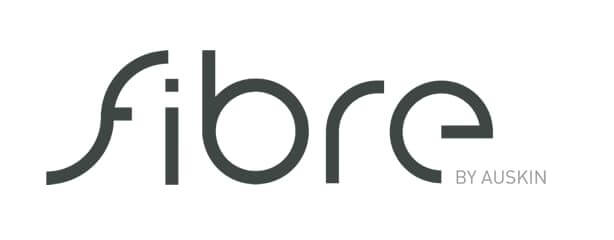
.jpeg)

.jpeg)




.jpeg)
.jpg)
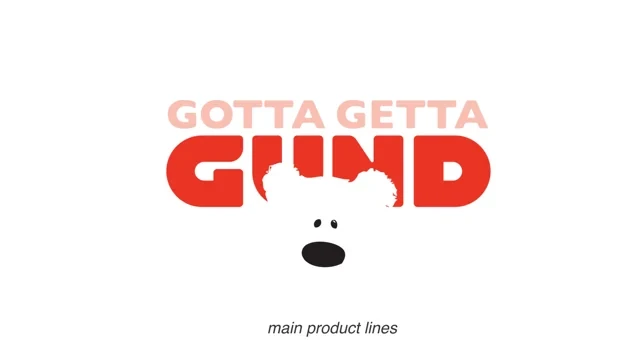
.jpeg)






.jpeg)
.jpeg)




.jpeg)





.jpeg)


.jpeg)

.jpeg)

.jpeg)

.jpeg)


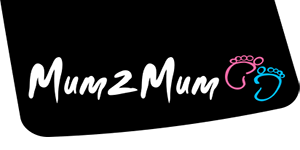




.jpeg)
.jpeg)
.jpeg)





.jpeg)



.jpeg)


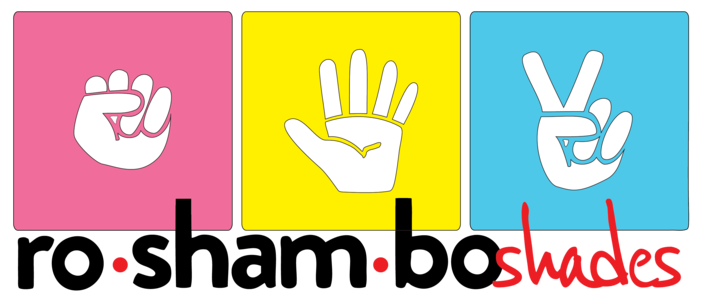



.jpg)
.jpeg)









.jpg)


ulva-Logo.jpg)




.jpeg)



.png)












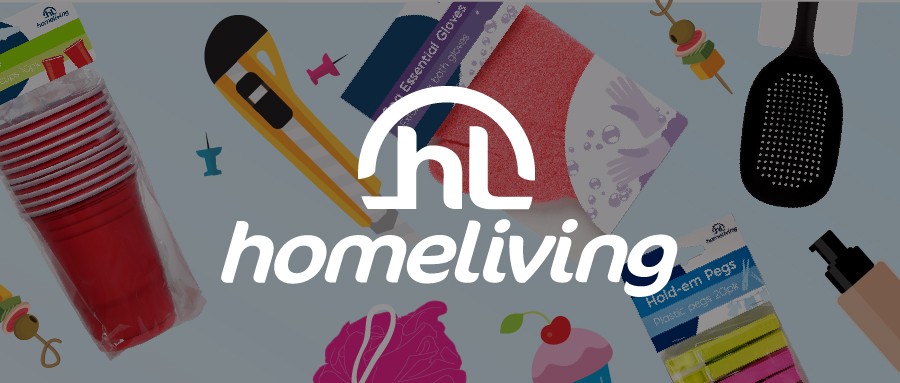


.png)
























